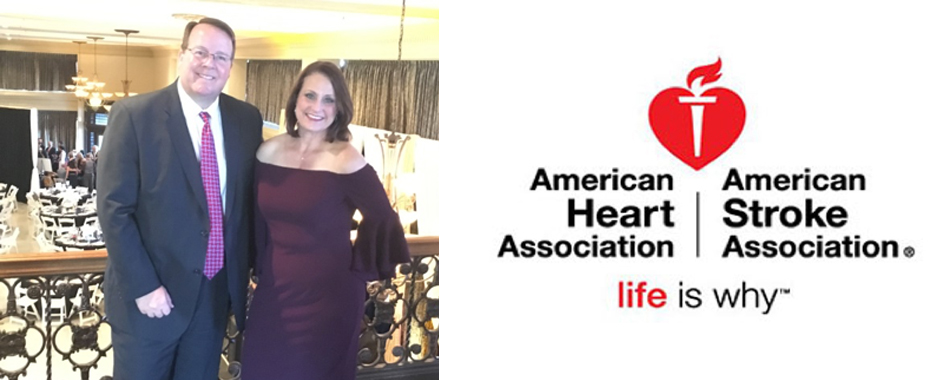By: Micaela L. Neal
Dynamex Operations West, Inc. v. Superior Court of Los Angeles(2018) 4 Cal.5th 903.
One of the most prominent wage and hour compliance issues haunting California employers in past decades has been the proper classification of workers – are they employees or independent contractors? The California Supreme Court recently considered this question in light of the language of California’s wage orders, and created a new test that makes this determination easier. Unfortunately, in doing so, the Court also created a presumption that workers are employees, and made class action litigation against employers easier.
Proper classification of workers is key to both protecting company profitability and lowering employer liability. While employees are entitled to the protection of a litany of wage and hour laws (meal and rest breaks, minimum wage, overtime, etc.) and require workers compensation insurance, the payment of payroll taxes and Social Security, these same rules do not apply to independent contractors. Consequently, it is certainly desirable for employers to classify workers as independent contractors when possible and appropriate. However, misclassification can subject employers to significant liability for underpayment of wages, nonpayment of overtime, failure to provide meal and rest periods, etc., especially when multiple workers have been misclassified, giving rise to class action lawsuits.
The Court in Dynamex considered the “suffer or permit to work” language in the wage orders and found it must be interpreted broadly, and a presumption made that “all workers who would ordinarily be viewed as working in the hiring business” are employees. However, certain “individual workers, like independent plumbers or electricians, who have traditionally been viewed as genuineindependent contractors who are working only in their own independent business” should not fall within the “employee” classification. The Court then went on to articulate the appropriate classification test to make this determination.
Previously, employers were required to consider and weigh ten “Borellofactors” in determining whether a worker was properly considered an employee or independent contractor. The analysis was largely subjective, complicated, and made employers susceptible to litigation for “getting it wrong.” In order to streamline and clarify this analysis, the California Supreme Court adopted the “ABC Test,” which distills the analysis into three factors, all of which must be met.
To overcome the employee presumption, an employer must prove:
- That the worker is free from the control and direction of the hiring entity in connection with the performance of the work, both under the contract for the performance of the work and in fact; and
- That the worker performs work that is outside the usual course of the hiring entity’s business; and
- That the worker is customarily engaged in an independently established trade, occupation, or business of the same nature as the work performed.
In Dynamex, the Court considered these factors in determining whether class certification was proper. The Court found it important that the delivery drivers who filed the class action had been classified as employees until 2004, when the company reclassified them as independent contractors. The Court then found that there was sufficient commonality in order to determine on a classwide basis the question of whether these drivers are customarily engaged in an independently established trade, occupation, or business, where all of the delivery drivers who were part of the class drove solely for Dynamex – they were not engaged in deliveries for other companies or their own companies. The Court also found sufficient commonality of interest with regard to the question of whether the work provided by the delivery drivers within the certified class is outside the usual course of the hiring entity’s business, where the entire business was a delivery service (as opposed to a situation where a plumber comes in and performs plumbing work at a delivery business). The Court thus certainly indicated that the delivery drivers should have been classified as employees – not independent contractors – and sent the case back to be tried according to the new standard.
While the test to be applied is clarified and streamlined, it is now more important than ever to properly classify workers. Workers will be assumed to be employees unless employers can prove otherwise, using the ABC Test. The streamlined factors are a double-edged sword, and just as they will make it easier to classify workers, they will make it easier for disgruntled workers to certify class actions.
Reclassification – while often necessary to avoid long-term liability – can sometimes result in an initial litigation risk if workers recognize that the reclassification represents a prior mistake. However, there are sometimes ways to implement a change without raising suspicion. Proper worker classification requires careful analysis, and employers are encouraged to seek legal counsel to ensure that all independent contractors are properly classified, and to determine the best way to introduce reclassification to the workplace.
Micaela L. Neal is an attorney with Wanger Jones Helsley PC and practices in Fresno and Sacramento. She regularly represents employers in wage and hour, discrimination and harassment actions. This article is intended to notify our clients and friends of changes and updates to the law and provide general information. It is not intended, nor should it be used, as legal advice, and it does not create an attorney-client relationship between the author and the reader.



